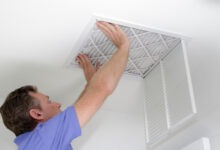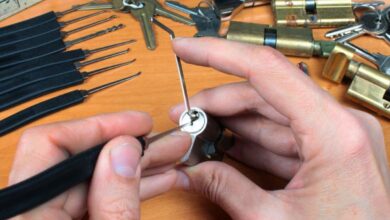
The Different Types of Grinding Wheels Available
Grinding wheels are an essential tool for metalworkers from various industrial careers. Understanding the differences in grinding wheels can help these workers achieve optimal results with their work. With various kinds available and each tailored to a specific application, understanding the differences is paramount to achieving the best results. In this post, we explore the different types of grinding wheels available and expand on their diversity.
Straight Grinding Wheels: The Hard Workhorses
Straight grinding wheels are simple and do not contain convoluted edges. This type of wheel is an ideal tool for surface work. Most commonly, straight grinding wheels sharpen blades, remove surface imperfections, and perform other tasks that may require the precision of a perfectly flat abrasive surface.
Why Go Straight?
Their simple design means they are easy to dress, which makes maintenance a breeze. Straight wheels also generate lower levels of heat during operation. This is critical when working with heat-sensitive materials. The trade-off, however, is a less versatile tool that can’t access tight corners and edges with ease.
Cylinder Grinding Wheels: Rolling Into Precision
Cylinder wheels have a clear purpose: precision, particularly on items with a central axis like a ring or a gear. Their cylindrical shape provides a continuous and even grinding face, which is stable and consistent for round-cut geometries.
All Cylinders Firing
Their shape allows for extended use without the need for constant adjustments. The downside comes when working on non-symmetrical edges or surfaces, where cylindrical wheels are impractical and less effective.
Dish Grinding Wheels: Grinding With a Twist
Dish grinding wheels provide a unique format that’s concave with a wider surface area compared to cylindrical wheels. This shape offers a combination of the benefits found in straight and cylindrical alternatives.
The Curveball
Dish wheels make for easier penetration into materials and are excellent for edge grinding. However, the dish’s concavity is unsuitable for some jobs that require flat grinding surfaces.
Tapered Grinding Wheels: Point of Convergence
Tapered wheels are particularly good at blending and smoothing corners, thanks to their slimmed-down profile. This makes them a favorite for tasks that necessitate close work and detail.
Zeroing In on Precision
Their shape helps to reach and grind sharp angles, but they are less stable for broader surface work. They’re also more prone to user error if the taper isn’t consistent.
Diamond Grinding Wheels: Stars in the Rock
Diamond grinding wheels are the VIPs of the grinding world. They use industrial-grade diamonds to produce exceptional speed and cut quality, particularly in hard materials like carbides and ceramics.
The Cutting Edge
The diamonds’ strength allows for the machining of non-metallic, brittle workpieces. However, the initial investment is steep, and they are not universally applicable. Diamond wheels also require special consideration for dressing and use to prevent damage. There are several diamond wheels available, and understanding how to keep their shape is vital to their work.
There are different types of grinding wheels available, and choosing the right one is crucial for success and safety. Each wheel serves a unique purpose and niche, and this stretches beyond convenience or preference. Whether flat, concave, pointed, or diamond-laden, the wheel you choose is the difference between a job well done and one that grinds to a halt.






